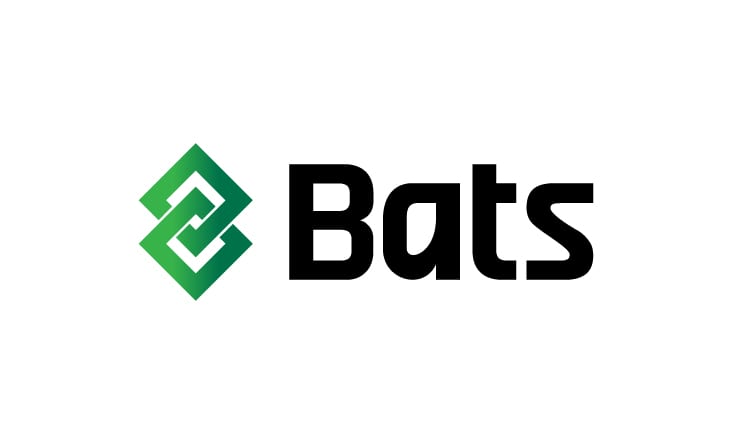Bats, a CBOE Holdings, Inc. (NASDAQ: CBOE) company, today announced a relaunch of its EDGA Equities Exchange, in response to industry feedback and debate on exchange fee structures.
The change moves EDGA from an inverted pricing model – characterized by fees to ‘add’ and rebates to ‘remove’ liquidity – to a simple, low fee model. Beginning June 1, 2017, a single standard rate of $0.0003 applies to orders adding displayed liquidity or removing liquidity. Non-displayed orders adding liquidity are free while non-displayed orders removing liquidity are assessed a low fee of $0.0005. All EDGA participants qualify for these rates, and there are no pricing tiers.
Recent industry discourse has focused on fee structures and their purported effect on liquidity provision, liquidity taking, potential conflicts and order routing in the U.S. equity market. In July 2016, the Security and Exchange Commission’s Equity Market Structure Advisory Committee suggested an ‘access fee pilot’ should be instigated to better understand these dynamics. Today’s announcement attempts to move this discussion closer to a market practice of reduced transaction costs for our clients.
Bryan Harkins, Head of U.S. Equities and Global FX said:
Over a decade ago, EDGA became the first market to break away from the maker-taker fee model employed by most other equity exchanges. We believe the time is right to relaunch a low-cost, simple pricing structure following widespread discussions with our customers on topics like the access fee pilot.
As an operator of four equities exchanges, we are ideally positioned to offer a market solution to these themes without sacrificing the critical mass and deep liquidity that EDGA has offered the industry for years.
Bats, which runs four equities exchanges in the U.S., has a long history of fostering competition between equity trading venues by experimenting with alternative trading fee structures and market models.
Most recently, the firm announced plans to adopt a new, competitively priced alternative to the primary market closing auctions that take place at the end of the U.S. equities trading day. The launch, which remains subject to regulatory approval, follows increasing demand from industry participants frustrated by rising closing auction fees at primary listing venues, which have increased anywhere between 16 and 60 percent over the past five years.
